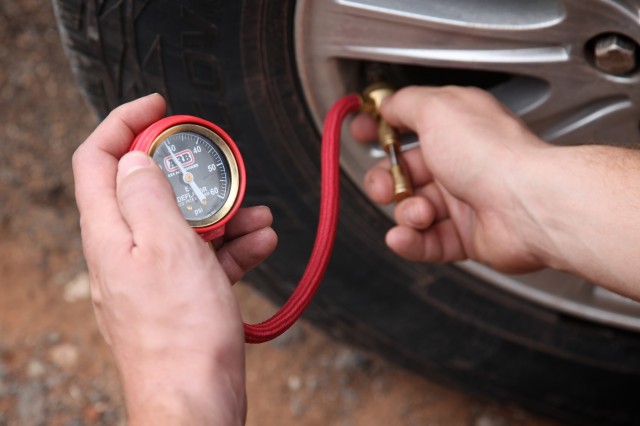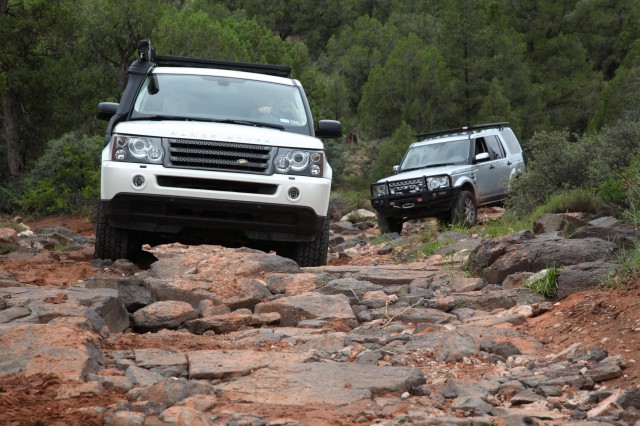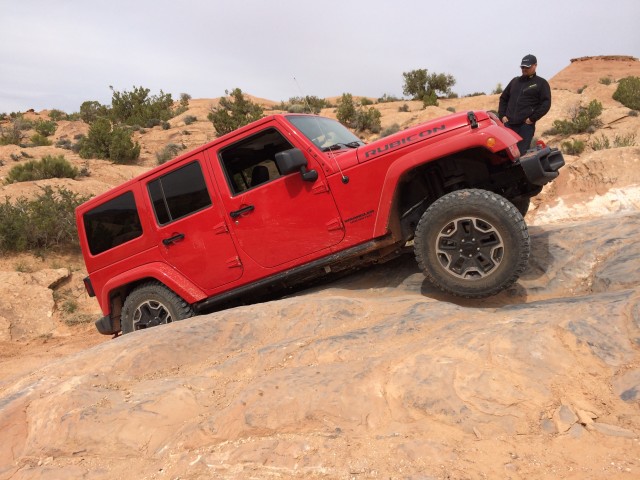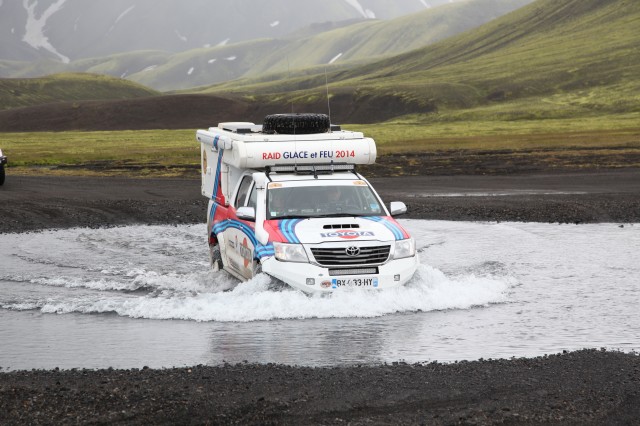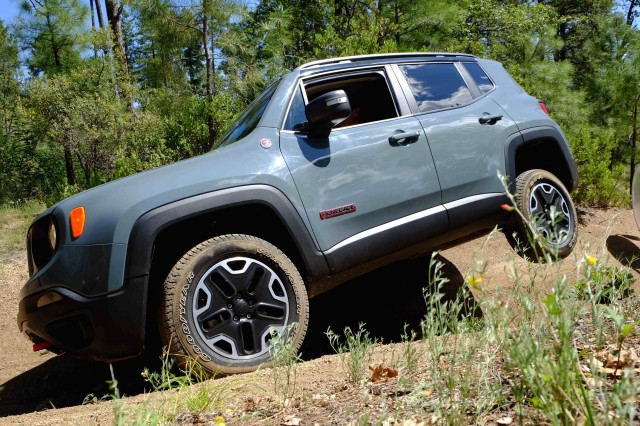Driving any vehicle onto unimproved roads is not something to take lightly. Many variables, seen and unforeseen, can conspire to stymy forward progress or damage vehicles and the occupants within. While there are an endless number of techniques and skills to be learned, much of it only through hands-on time behind the wheel, there are a few general basics.
Air down
When the going gets rough, the best way to maximize your ability to overcome the challenges ahead is to reduce your tire pressure. This not only greatly adds to the tire’s compliance and softens the ride, it increases the tire’s footprint on the ground. With more tire touching terra firma, the better that tire can bite and provide traction. Driving over rocky terrain at full street pressure can also increase the risk of a flat. It only takes a few minutes to air down four tires, but it is well worth the effort.
Pick a proper line
Experienced drivers have learned how to read the terrain and to select a line that is compatible with their vehicle. The less capable the vehicle, the more critical the chosen path becomes. Line selection requires the driver to properly assess their vehicle’s ability to not just clear rocks, ruts, and ledges, but to understand how the terrain might compromise traction or upset the balance of the vehicle. The best way to pick a line is to get out of the truck and walk the route ahead. It gives much needed perspective. Try to visualize where each wheel will be placed throughout the obstacle and how that might impact progress.
Use a spotter
Just because the driver has selected a suitable line, that doesn’t mean they can view it from the front seat. A spotter standing outside the vehicle can help the driver stay on course and avoid intrusions in the trail that could thwart progress or cause damage. Understanding what the spotter is trying to convey via hand signals is an important skill to be learned. Another common mistake is to have the spotter stand in a place on the trail where he/she could be in danger of rolling rocks, debris thrown from the wheels, or even the very real risk of being crushed by the vehicle itself.
Maintain appropriate speed
Knowing just how quickly to move through certain impediments in the trail is critical. Steep climbs, water crossings, sand, mud, and a myriad of other conditions all require a different approach to velocity. When trying to traverse a section of jagged rocks and ledges, the proverbial crawl is going to reduce the portent of vehicle damage and offer the most control. Momentum on the other hand, can help overcome some steep climbs or situations where traction is compromised by slick and unstable surfaces. Knowing how to moderate an appropriate level of speed requires an understanding of the forces at play. There is an old adage that applies to off-road driving: Fast as necessary, slow as possible.
Know when to turn around
Where there is one challenging obstacle to overcome, there will likely be more. They may even begin to increase in difficulty the further one travels down an unknown road. Knowing when to concede defeat and turn around is as important as any skill you will ever learn. It is also important to know how to assess the point of no return. If you descend a section of trail your vehicle cannot ascend, your turn around option has just been thrown out the window. Of all the tricks to keep in your bag, good judgement is the most essential.
It goes without saying, these five basic tips only scratch the surface of skills pertinent to the off-road driver. These are five basics, not the most important five basics. In the coming months we will cover other tips for the new overland off-roader.



